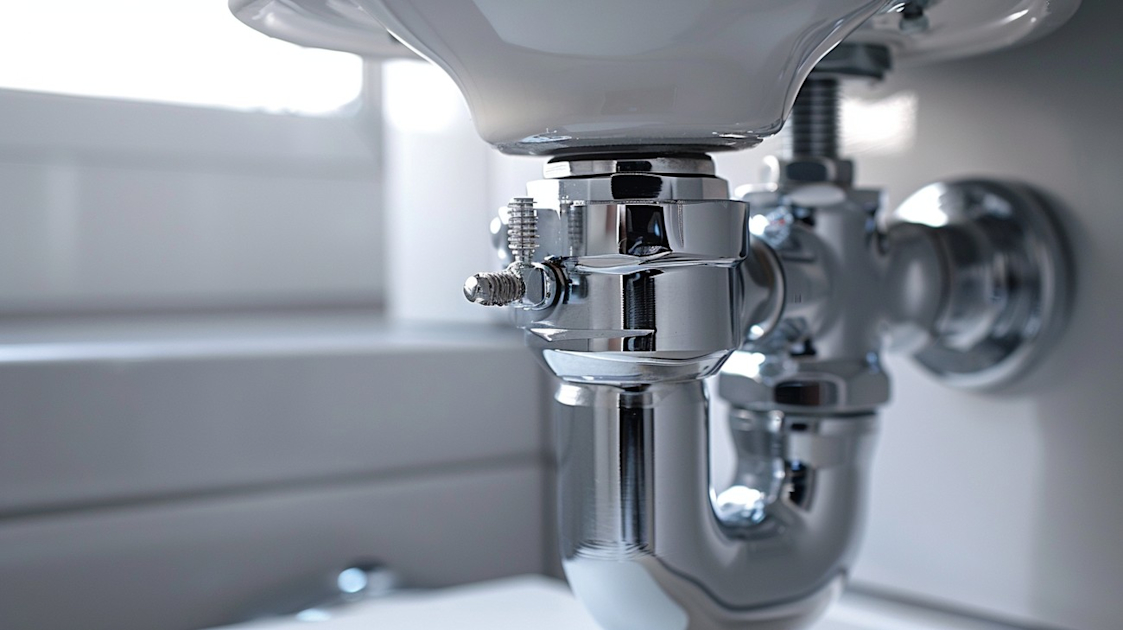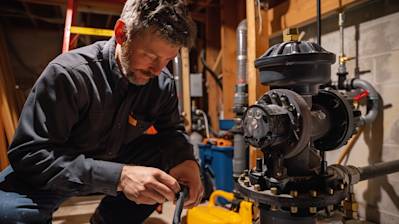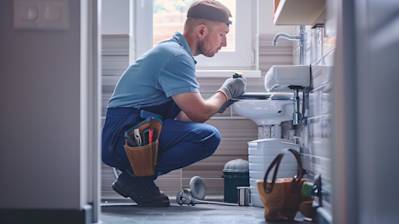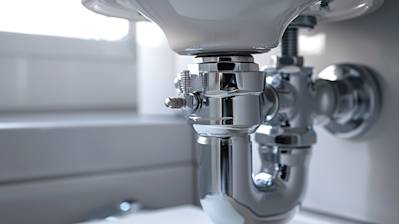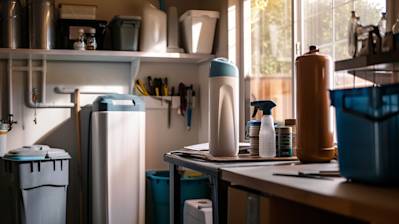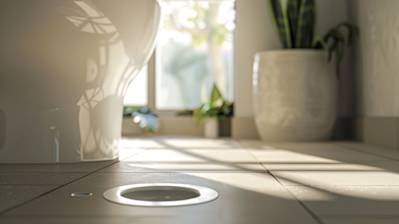Toilet fill valves are a vital component of every modern bathroom, yet they often remain overlooked. Understanding how toilet fill valves work, knowing how to choose the right one, and being able to troubleshoot common issues can save you both time and money. In this comprehensive guide, we'll delve deep into the world of toilet fill valves, equipping you with the knowledge needed to manage these essential components effectively.
What is a Toilet Fill Valve?
A toilet fill valve is a mechanism inside the water tank that helps to refill it after each flush. This crucial component ensures that your toilet functions efficiently. Without a properly working fill valve, you may experience issues like a constantly running toilet or improper flushing.
Types of Toilet Fill Valves
Understanding the different types of toilet fill valves available can help you make an informed decision when it’s time to replace or upgrade your current system.
Plunger/Float Ball Fill Valves
One of the oldest designs, the plunger or float ball fill valve, utilizes a float ball attached by a metal rod to the toilet’s fill valve. As the water rises, the float ball moves upward, shutting off the water flow once it reaches a certain level.
Diaphragm Fill Valves
Diaphragm fill valves are among the most common designs found in modern toilets. These valves use a diaphragm to open and close the water supply, offering a more compact design compared to float ball systems.
Float Cup Fill Valves
Float cup fill valves are similar to float ball valves, but they use a float that moves up and down on a rod. This type offers better reliability and is often found in newer toilets. It has the advantage of not getting stuck as easily as float balls.
Pilot Fill Valves
These advanced valves are designed to operate silently and efficiently, using a pilot valve mechanism to control water flow. They are often more expensive but provide superior performance.
How to Choose the Right Toilet Fill Valve
Choosing the right toilet fill valve depends on several factors including compatibility, efficiency, and water pressure. Here are the key considerations:
- Compatibility: Ensure the fill valve fits your toilet model. Check the size and type of the valve before purchasing.
- Efficiency: Look for valves that offer water-saving features. Some valves can be adjusted to limit the amount of water used per flush.
- Noise Level: Consider fill valves known for their quiet operation, especially if noise is a concern.
- Durability: Opt for valves made from high-quality materials that resist corrosion and wear.
Step-by-Step Guide to Replacing a Toilet Fill Valve
Replacing a toilet fill valve can be a simple DIY task, requiring just a few basic tools. Follow these steps for a successful installation:
- Shut off the Water Supply: Turn off the water supply to the toilet by twisting the shut-off valve clockwise.
- Drain the Tank: Flush the toilet to empty the tank. Use a sponge or towel to remove any remaining water at the bottom.
- Remove the Old Fill Valve: Disconnect the water supply line and unscrew the fill valve's retaining nut. Lift the old valve out of the tank.
- Install the New Fill Valve: Place the new fill valve in the tank following the manufacturer's instructions. Secure it with the retaining nut.
- Connect the Water Supply: Reattach the water supply line to the fill valve, ensuring it is tight to prevent leaks.
- Test the Installation: Turn the water supply back on and let the tank fill. Perform a few test flushes to ensure proper operation.
Common Issues with Toilet Fill Valves
Even the best toilet fill valves can encounter problems from time to time. Here are some common issues and solutions:
Constantly Running Toilet
A toilet that runs continuously may be due to a misadjusted float or a worn-out flapper. Adjust the float arm or replace the flapper to resolve the issue.
Weak Flush
If your toilet flushes weakly, the fill valve may not be delivering enough water. Ensure the valve is fully opened and there is no obstruction in the water supply line.
Loud or Noisy Fill
Excessive noise during refill typically indicates high water pressure or a malfunctioning valve. Try adjusting the valve or installing a pressure regulator.
Maintenance Tips for Toilet Fill Valves
Maintaining your toilet fill valve can extend its lifespan and improve performance. Follow these simple tips:
- Regular Inspections: Periodically check for leaks or wear.
- Clean the Valve: Hard water can cause mineral buildup. Clean the valve components with vinegar or a specialized cleaner.
- Replace When Necessary: If the valve exhibits persistent issues, it may be time to replace it.
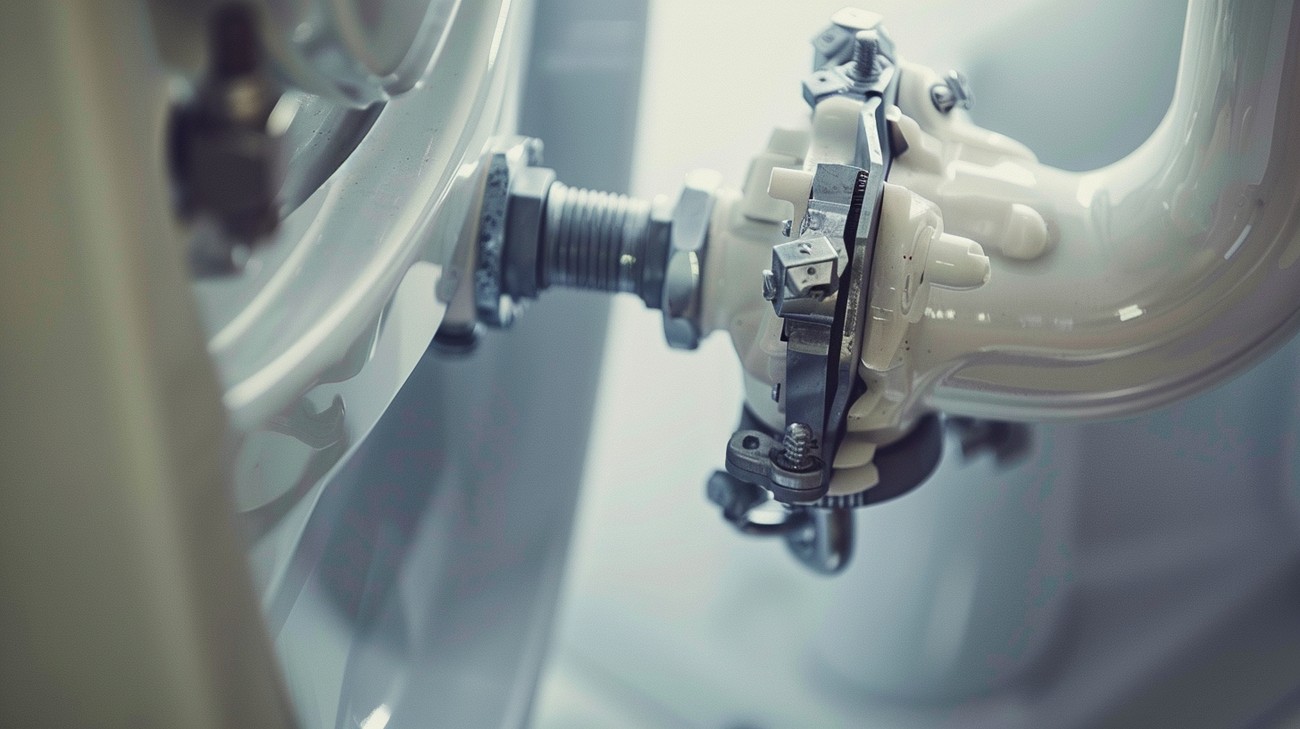
FAQ About Toilet Fill Valves
How do toilet fill valves work?
Toilet fill valves work by controlling the flow of water into the toilet tank after you flush. The fill valve is connected to the water supply line, allowing water to flow into the tank when the valve is activated. Most fill valves are designed with a float mechanism that rises with the water level. Once the water reaches a certain level, the float triggers the valve to close, stopping the water flow. This system ensures that your toilet tank fills up to the correct level for effective flushing without overflowing.
What are the different types of toilet fill valves?
There are several types of toilet fill valves, each with its own unique design and functionality. The most common types include the ballcock fill valve, which uses a float ball attached to a lever arm to control the water level. Another type is the float cup fill valve, which features an adjustable cylindrical float that slides up and down the fill valve shaft. Finally, there’s the diaphragm fill valve, which operates using a diaphragm inside the valve to regulate water flow. Each type offers distinct advantages, and the best choice for your toilet depends on compatibility and your specific needs.
How can I tell if my toilet fill valve is malfunctioning?
There are a few signs that indicate your toilet fill valve might be malfunctioning. If you notice that the toilet tank is taking too long to fill, or if it is constantly running water, there could be an issue with the fill valve. Another common symptom is loud or unusual noises coming from the tank, such as hissing or gurgling, which might suggest the fill valve is not sealing properly. Leaks around the base of the fill valve inside the tank may also indicate a problem. Regularly checking your toilet fill valve for wear and tear can prevent more serious issues.
Can I install a new toilet fill valve myself?
Yes, you can typically install a new toilet fill valve yourself, especially if you have basic DIY skills. First, turn off the water supply to the toilet and flush to empty the tank. Then, disconnect the water supply line and remove the old fill valve by unscrewing it from the tank. Install the new fill valve by following the manufacturer's instructions, ensuring the valve is properly aligned and secured. Reconnect the water supply line and adjust the fill height as necessary. Finally, turn the water back on and test the new fill valve to ensure it’s functioning correctly.
How often should toilet fill valves be replaced?
Toilet fill valves generally last between 4 to 7 years, depending on the quality of the valve and the condition of your water supply. Hard water and high mineral content can shorten the lifespan of a fill valve. It’s advisable to replace the toilet fill valve if you start noticing signs of wear, such as persistent running water, strange noises, or inconsistent flushing efficiency. Regular inspections of your toilet components can help detect potential issues early, allowing you to perform preventative maintenance or replace the fill valve when needed.
Why does my toilet fill valve make noise?
Noise from a toilet fill valve can be caused by several factors. A common cause is a partially closed shut-off valve, which can create a high-pitched sound as water attempts to flow through a restricted space. Mineral deposits or debris inside the fill valve can also lead to noise by obstructing water flow. Another possible reason could be a faulty or worn fill valve that is not sealing properly, causing hissing or whistling noises. Cleaning the fill valve or adjusting the water flow can sometimes resolve these issues.
Are there any maintenance tips for toilet fill valves?
Regular maintenance can prolong the life of your toilet fill valve and ensure optimal performance. It’s important to periodically check and clean the fill valve, especially if you live in an area with hard water. Mineral deposits can accumulate over time, affecting the valve’s functionality. Adjust the valve settings occasionally to ensure the float is not rubbing against the tank wall, which could cause wear. Additionally, inspecting the valve for any visible damage or leaks is crucial. By maintaining your toilet fill valve, you can prevent common issues and extend the lifespan of your toilet’s internal components.
What should I do if my toilet fill valve is leaking?
If your toilet fill valve is leaking, the first step is to identify the source of the leak. Turn off the water supply and flush the toilet to empty the tank. Inspect the fill valve for cracks or worn components. If the leak is at the connection with the supply line, try tightening the nut or replacing worn washers. For leaks within the fill valve itself, it may be necessary to replace the entire valve. After addressing the leak, turn the water back on and monitor the valve for any further issues.
Can a faulty toilet fill valve cause a high water bill?
Yes, a faulty toilet fill valve can lead to increased water consumption, resulting in a higher water bill. A continuously running toilet, often due to a malfunctioning fill valve, can waste a significant amount of water daily. When the valve doesn’t shut off properly, water can constantly flow into the tank and down the overflow tube, continually refilling and wasting water. Identifying and fixing fill valve issues promptly can help save water and reduce unnecessary expenses on your utility bill.

Toilets Fill Valves: Pros and Cons
Pros
Easy to Replace
One of the big bonuses of toilet fill valves is that they’re straightforward to replace. You don’t need to be a DIY guru to swap out an old fill valve for a new one. Most are designed to fit a variety of toilet models, and basic tools are usually sufficient for the job. This is great news for those of us who prefer not to call a plumber for every little hiccup.
Cost-Effective
Toilet fill valves are generally inexpensive. You can find them at your local hardware store for a relatively low price. They provide an excellent opportunity to give your toilet a little TLC without breaking the bank, especially when compared to more extensive plumbing repairs or upgrades.
Water Efficiency
Modern fill valves are designed with water efficiency in mind. Many models can help reduce your water use, which is both environmentally friendly and budget-conscious. Installing a new, efficient fill valve could lead to noticeable savings on your water bill.
Noise Reduction
Noisy toilets can be a real nuisance, especially at night. Many of the newer fill valves are engineered to minimize the sound of running water, meaning you can flush away without disturbing the peace in your household.
Customizable Flow Rate
Some fill valves offer adjustable flow rates, allowing you to customize the amount of water that enters your toilet tank. This can help optimize your toilet’s performance, ensure full and effective flushes, and potentially save even more water over time.
Durability and Longevity
High-quality fill valves are built to last. Made from robust materials like stainless steel and durable plastics, they are designed to withstand the constant exposure to water and the mechanical wear and tear of regular use. This translates to fewer replacements over the years.
Cons
Compatibility Issues
Though many fill valves are designed to fit a wide range of toilets, there can still be compatibility issues. Some toilets, especially older or more unique models, might require a specific type of valve that isn’t always readily available. This might mean spending extra time (and potentially money) finding the right fit.
Potential for Leaks
As with any plumbing component, there’s a risk of developing leaks over time. A leaking fill valve can lead to water waste and an increase in your utility bill. Checking for leaks periodically and ensuring proper installation can mitigate this risk, but it's something to keep on your radar.
Need for Adjustment
Not everyone knows that fill valves sometimes need adjustment after installation. Whether it's modifying the float or the flow rate, a bit of tweaking is often necessary to ensure optimal performance. This is generally simple but can be intimidating if you're not familiar with the process.
Installation Can Be Tricky
While replacement is generally straightforward, the installation might still require some patience and finesse, especially if you’ve got hard-to-reach plumbing fixtures. Working in cramped bathroom spaces can sometimes turn a simple job into a bit of a tricky endeavor.
Hard Water and Mineral Build-Up
If you live in an area with hard water, mineral buildup can be a persistent issue. This can shorten the lifespan of your fill valve and lead to more frequent replacements. Regular maintenance and cleaning can help, but it remains an ongoing concern for those affected.
Overflows and Malfunctions
In rare cases, a malfunctioning fill valve can cause the toilet to run continuously or overflow, leading to water damage. While these issues are not common with properly maintained or newer valves, the potential for malfunction is something to consider.

Final Thoughts
Understanding the role of toilet fill valves is crucial for maintaining a smoothly functioning bathroom. These components are essential for automatically refilling your toilet tank after each flush, so ensuring they operate correctly can save you from annoying leaks and water bills down the line. Regular maintenance and knowing when to replace your fill valves can make a big difference in comfort and efficiency.
If you're noticing any issues with your toilet or just want to ensure everything is running smoothly, we're here to help at KYPD Plumbing. Serving homeowners in Lexington, KY, we offer expert advice and reliable service to tackle any plumbing needs you might have. Don't hesitate to reach out for a consultation or a free estimate; we’re always ready to assist you with any plumbing challenges!
Tags: plumbing, bathroom, repair,

